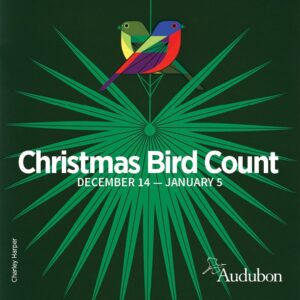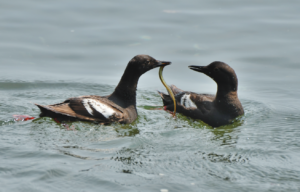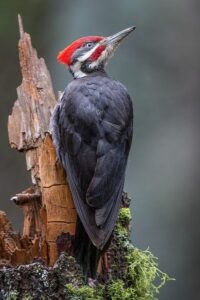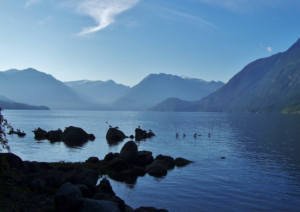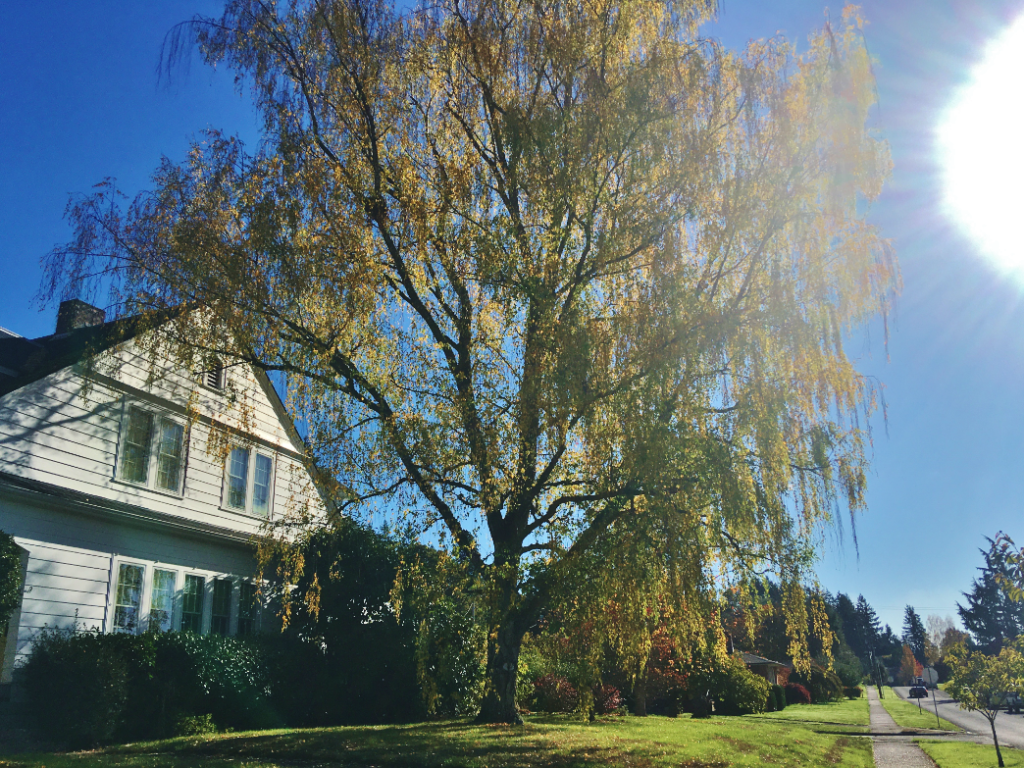
Next Steps, including YOURS, to Protect Thousands of Urban Trees
Charlotte Persons
The September issue of The Echo had a long article that explained the long term effects of the Washington Wildland-Urban Interface Code – the destruction of thousands of trees in Western Washington. Have Black Hills Audubon Society and other conservation organizations been successful in getting the code amended? Well, not yet! But we are closer to that goal.
And YOU can help convince the SBCC to amend the code by signing the petition at https://actionnetwork.org/petitions/tree-loss-equals-more-forest-fires?source=direct_link&
In brief, the WWUIC requires that the owners of new and existing residences use ignition-resistant building materials on the exteriors or create defensible space of 30, 50 or 100 feet around each residence. The WWUIC applies in intermix/interspace areas and wildlands (agricultural lands in Thurston County) designated by a WA DNR map—actually more than half of Western Washington. The net result over the years will be the destruction of thousands of trees.
Since the September issue of this newsletter, Restoring Earth Connections, city and county planning officials, and many others called or met with the fifteen members of the State Building Code Council (SBCC) to explain the many problems with the WWUIC. Michael Feerer of the Whatcom Million Trees Project, Restoring Earth Connections and I wrote a white paper for the SBCC asking for the removal of defensible space from the WWUIC. The Association of Washington Cities wrote a four-page letter that pointed out every confusing, vague and contradictory part of the code and listed seven state laws that conflict with the defensible space requirements.
The result of this work was an agenda item to discuss the WWUIC at the SBCC meeting on October 20. Brad Medrud, Long Range Planning Manager for Tumwater, testified about the WWUIC’s problems, and members of Restoring Earth Connections and BHAS testified about the defensible space requirement. A letter from Chad Hanson, a wildfire scientist, was read into the record: his research found that trimming trees 10 feet up the trunk was effective in preventing housing from burning in wildfires, but clearing trees was not.
During the discussion, all twelve SBCC members in attendance appeared to agree that the WWUIC has many problems, especially the WA Department of Natural Resources map referenced in the code and the defensible space requirements.
However, the councilors could not agree on a solution, so they asked that the WWUIC be put on the agenda for their November 17 meeting. They will request information from WA DNR on the map and from the Department of Commerce on the state development laws and codes that conflict with the WWUIC.
The effective date for the building code that includes the WWUIC is March 15, 2024. Conservationists want to prevent the WWUIC from being implemented. We hope the SBCC will use one of two procedures, an amendment or an emergency rule, so that the WWUIC does not go into effect until the end of the SBCC’s 3-year code cycle in 2026. Then the SBCC will have three years to improve the code.
We need to convince the SBCC that implementing the WWUIC will cause many problems and unnecessarily destroy many trees. Stay tuned for the next part of this still unfolding story…


